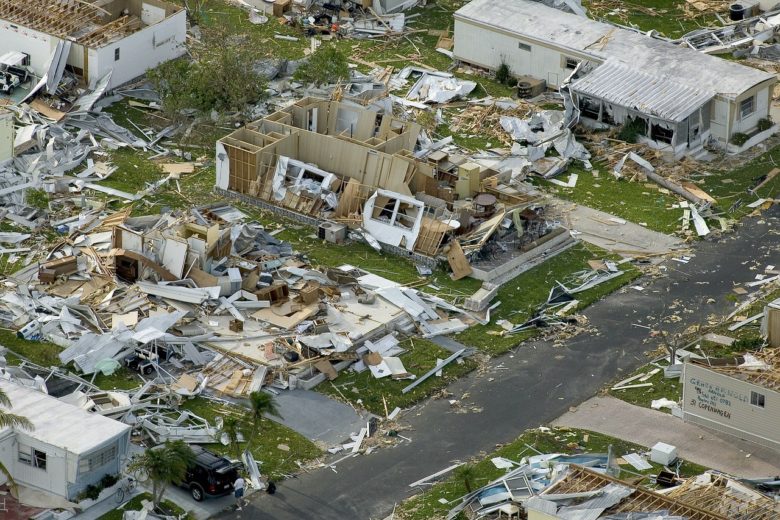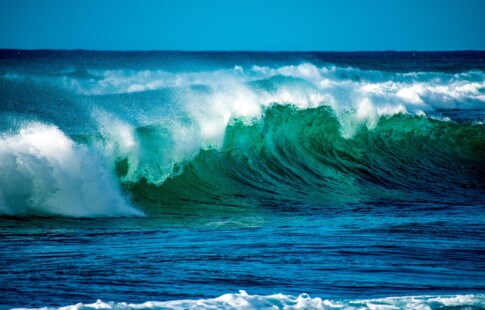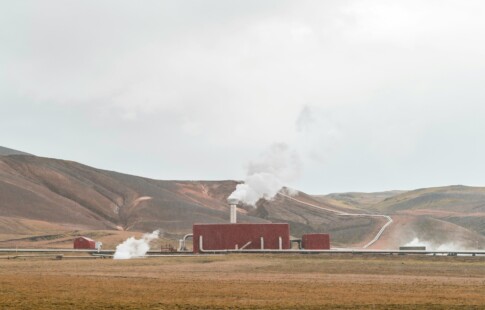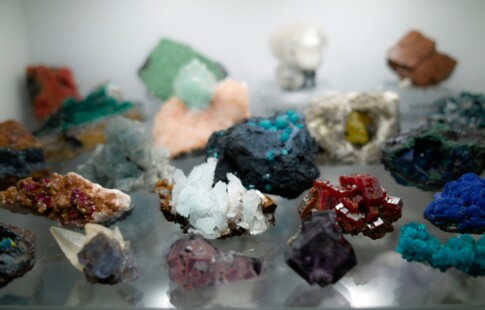
Humanitarian Engineering Bringing Renewable Energy to Disaster-Hit Communities
We are reader-supported. When you buy through links on our site, we may earn affiliate commission.
Public attention may fade, but the effects of a natural disaster can linger long after camera crews have left. The lasting consequences of Hurricane Maria on the island of Puerto Rico serve as a fitting example of this phenomenon. After the hurricane severely compromised their power grid, the island’s infrastructure fell apart, and entire towns went without electricity for almost a year. In the wake of the destruction, families had to depend on backup generators, navigating a dangerous landscape of leaning power poles, fallen trees and other debris. Fortunately, humanitarian engineering has helped manage the energy needs of affected areas in the aftermath of many natural disasters.
The executive director and co-founder of Empowered by Light, Moira Hanes, sees renewable energy as the solution. Her nonprofit partnered with the Las Vegas Fire Department to install solar hubs at firehouses across Puerto Rico. The solar and construction companies Sunrun and Aireko also participated.
Concerning their efforts in the region, Hanes said, “These communities need to rebuild using smarter, more resilient, diversified power sources… Solar and storage is the foundation for the future of any energy infrastructure for places like this that are really prone to extreme weather events.”
With this in mind, how have renewable energy systems improved the quality of life in disaster-hit communities? Where have we seen these technologies at work, and where might we see them in the future? These questions have fascinating answers, and we’ll explore them below.
A Closer Look at Puerto Rico
Puerto Rico has provided a clear picture of the value of renewable energy systems. The island’s dependence on the Puerto Rico Electric Power Authority, or PREPA, provides a strong argument for a change in infrastructure. The vulnerabilities in their power plants placed them at increased risk in the event of a natural disaster.
As context, PREPA facilities run almost exclusively on fossil fuels, with as much as 98% of the island’s energy supply the product of coal, oil and natural gas. When the first wave of Hurricane Maria swept through the area, flooding and overgrown trees overwhelmed the outdated buildings and toppled power lines.
In addition to the commonwealth’s grid, 65% of its transmission and distribution system took damage as well. Rebuilding Puerto Rico’s infrastructure would require an enormous amount of work. The process wasn’t entirely negative, however, as rebuilding gave rise to a sort of renaissance for renewables.
Solar-powered washing machines are only one example of many technologies that have helped mitigate the effects of Hurricane Maria. They’ve eliminated the risks involved in handwashing clothes with untreated wastewater, reducing instances of disease. Companies have also made donations to affected communities.
Sonnen, a leader in solar batteries, donated microgrids at food shelters, schools and various locations around the island. The adoption of these microgrids and similar solar technologies may lead to an expansion of renewable energy systems across Puerto Rico. In time, they can enjoy a higher degree of security.
Solutions for Disaster Relief
The solutions in the previous section offer only a partial view of a much bigger picture. Microgrids and solar-powered washing machines have value, of course, but they’re far from the only equipment available. Communities have a significant number of systems they can trust to endure a natural disaster.
For example, portable electric generator sets can use solar energy without taking up a lot of room. They’re durable, safe to operate and environmentally friendly, an ideal solution for someone who has to travel across a devastated region. You can rely on them to supply power for your devices, lighting and similar needs.
Researchers and environmentalists have also considered the practice of geoengineering as a potential solution to climate change. It’s the subject of heated debate, with some arguing for these extreme measures and others warning vehemently against them. When you look at the concept, it’s easy to understand why.
Geoengineering refers to the act of deliberately intervening in the Earth’s natural systems on a massive scale. It usually falls into one of two categories: capturing and sequestering carbon or blocking sunlight to cool the planet. Either way, it might help reverse climate change and reduce the associated issues.
The practice has many social benefits as well, providing more opportunities for women in engineering. Even with these benefits, however, the subject is incredibly complicated. Some scientists have claimed specific methods of geoengineering are impossible to stop safely, with potentially dangerous side effects.
Embracing Renewable Energy
Disaster relief efforts in Puerto Rico have shown the necessity of renewable energy systems. Through solar technologies and similar equipment, countries around the world can protect themselves and rebuild in the aftermath of a natural disaster. They can also preserve the safety and security of their citizens.
With a progressive mindset and the innovations of humanitarian engineering, we’ll continue to make forward progress. It may take time and considerable investment, but the dangers of climate change demand a comparable solution. Fortunately, we have the means to make a difference.
Share on
Like what you read? Join other Environment.co readers!
Get the latest updates on our planet by subscribing to the Environment.co newsletter!
About the author

Jane Marsh
Starting from an early age, Jane Marsh loved all animals and became a budding environmentalist. Now, Jane works as the Editor-in-Chief of Environment.co where she covers topics related to climate policy, renewable energy, the food industry, and more.





